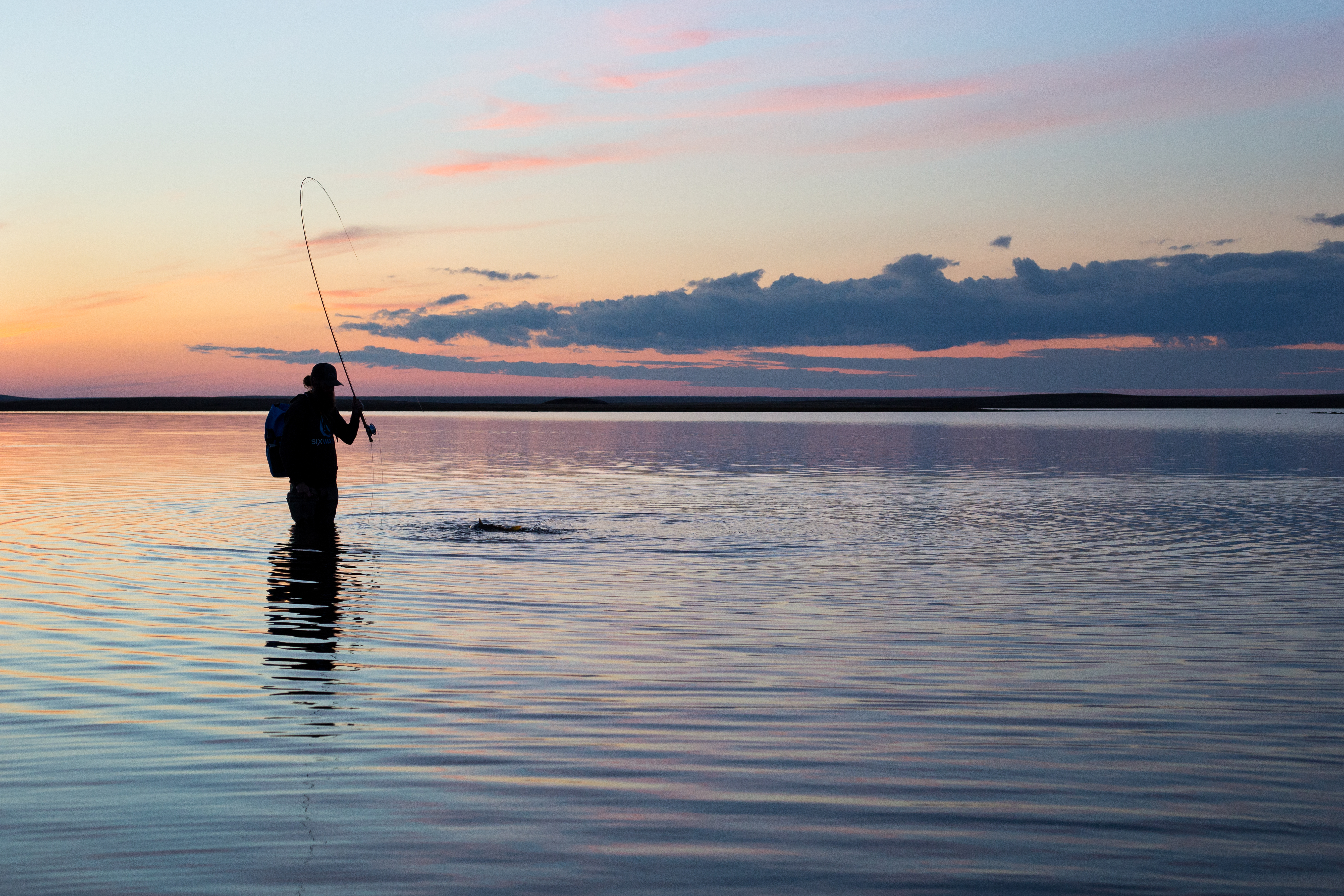
Modern fly-fishing legend, Gary Borger, talks about dream destinations, major milestones, and the future of fly fishing.

Modern fly-fishing legend, Gary Borger, talks about dream destinations, major milestones, and the future of fly fishing.
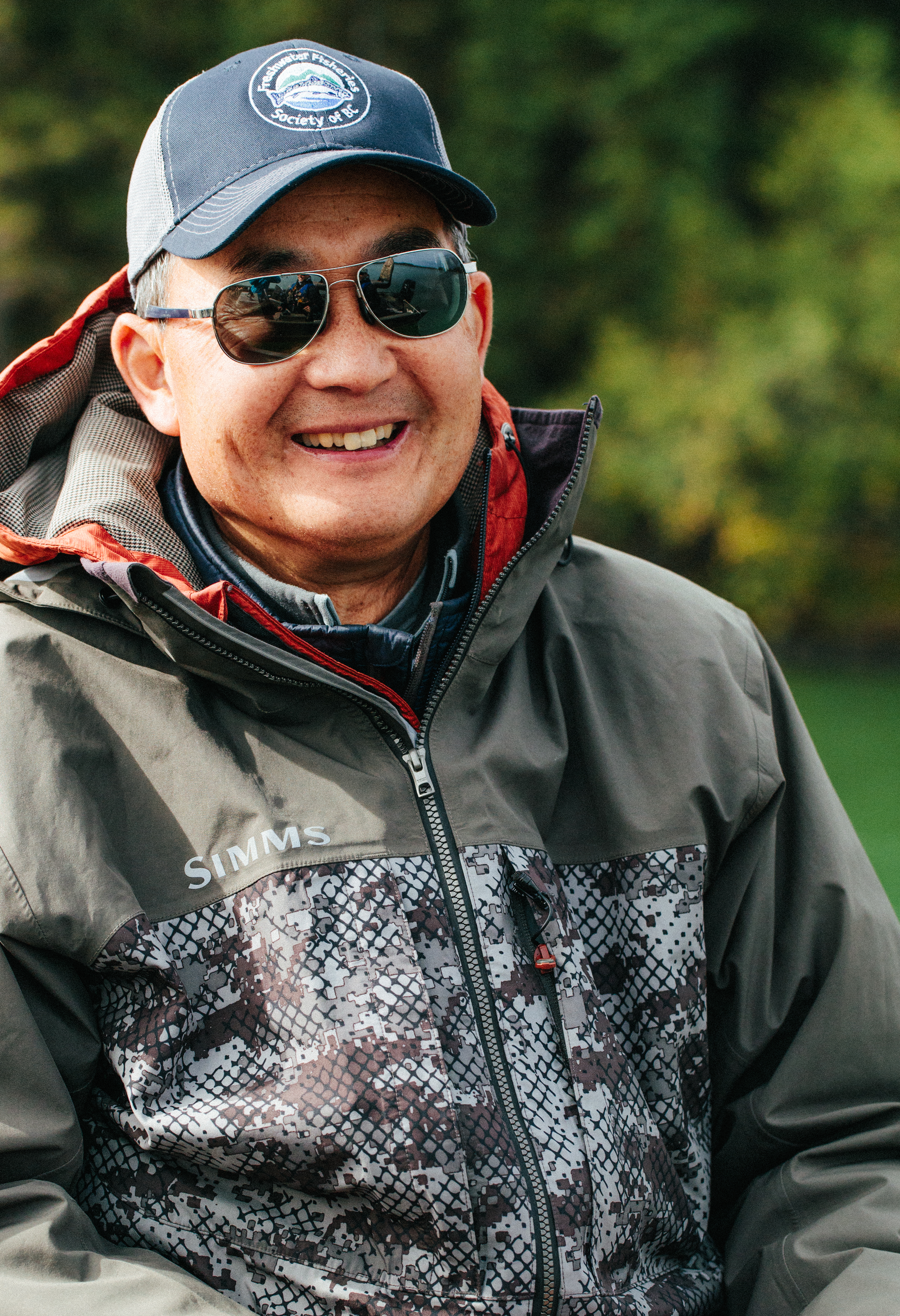
RIO–The tenth episode of this season’s How To series is “How To Fish Sinking Lines in a lake”, presented by RIO brand manager Simon Gawesworth. On bright, sunny days trout usually go deeper in the water column, and anglers need to fish a sinking line to get their flies closer to the fish. Fishing sinking lines require very different skills to when fishing floating line, and in this film Simon talks about “fishing the hang”, the importance of “counting the depth”, and shows an incredibly fast and efficient way to change sinking lines when out on the water.
If you are new, or relatively inexperienced at fly fishing in a lake and want to increase your skills to help you catch fish when they are deep, this film will ensure you have the skills to catch more fish, and maximize your day on the water.
Additional pattern, the Mono-Loop Hopper, from Ryan Sparks’ article in the latest issue of Fly Fusion.
Mono-Loop Hopper Recipe
Hook: Dai-Riki 700B, #10
Thread: UTC 140, dark tan
Mono-loops: 10 lb. monofilament
Body: Superfine Dry Fly Dubbing, tan
Overbody: 2mm foam, tan
Wing: 2mm foam, tan
Overwing: Antron yarn, white
Legs: Barred round rubber legs, yellow/black
Indicator: 2mm foam, orange
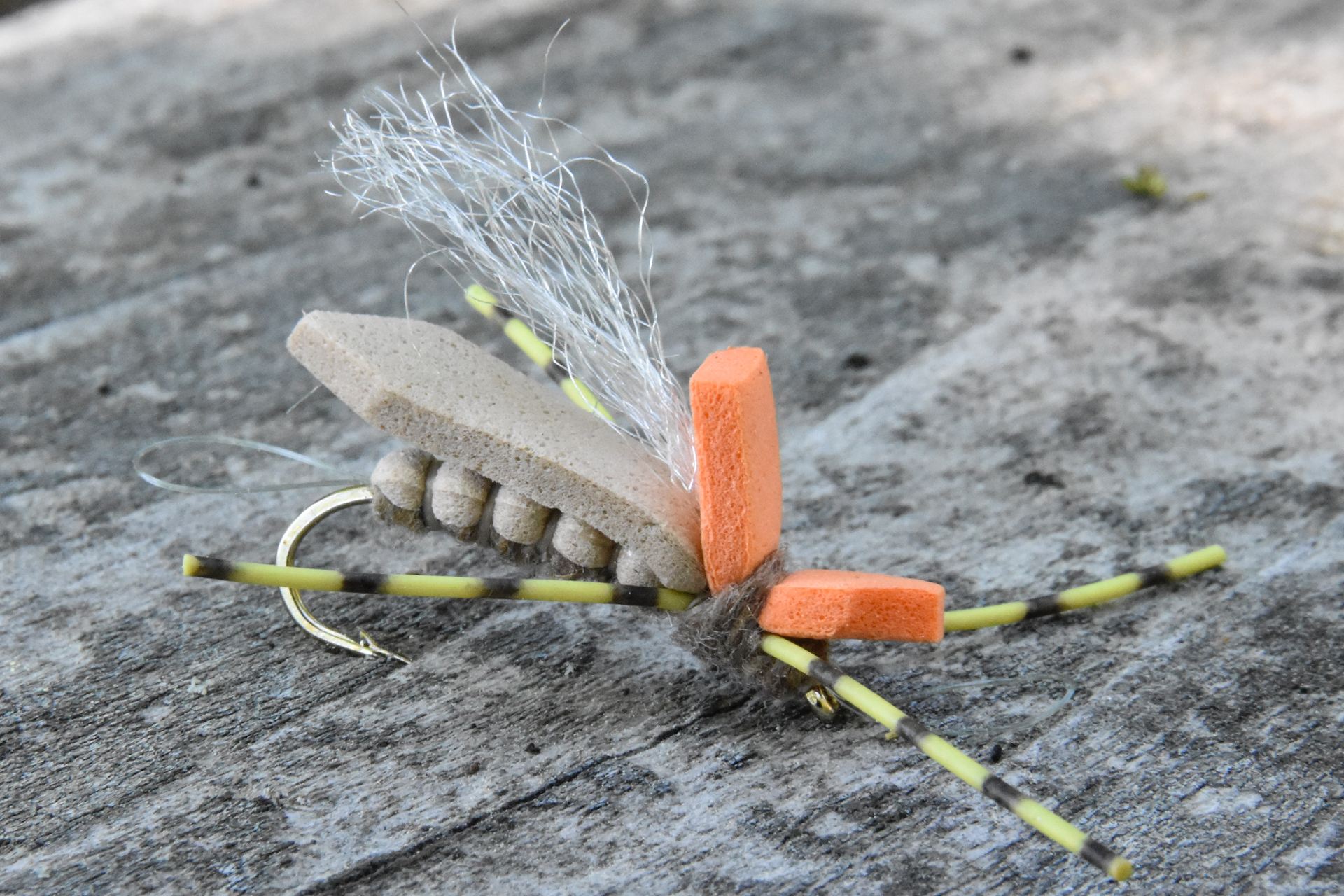
Additional pattern, the Mop-Top Beetle, from Ryan Sparks’ article in the latest issue of Fly Fusion.
Recipe
Hook: Fulling Mill 35025, #8
Thread/Body: Veevus 140, black
Hackle: Grizzly Hackle
Shell: 2mm foam, black
Legs: Medium round rubber legs, black
Indicator: 2mm foam, orange
Post: McFlylon, orange
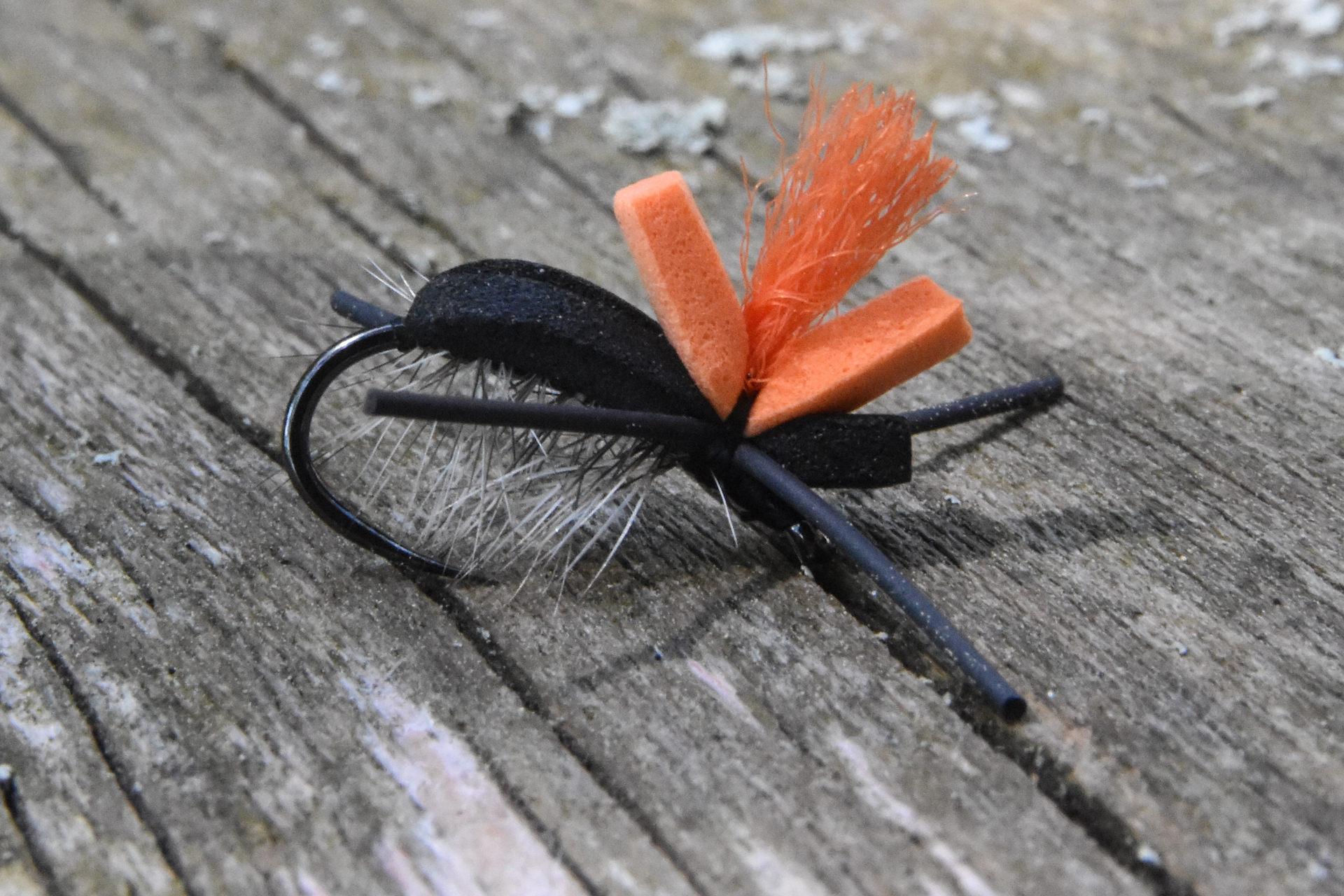
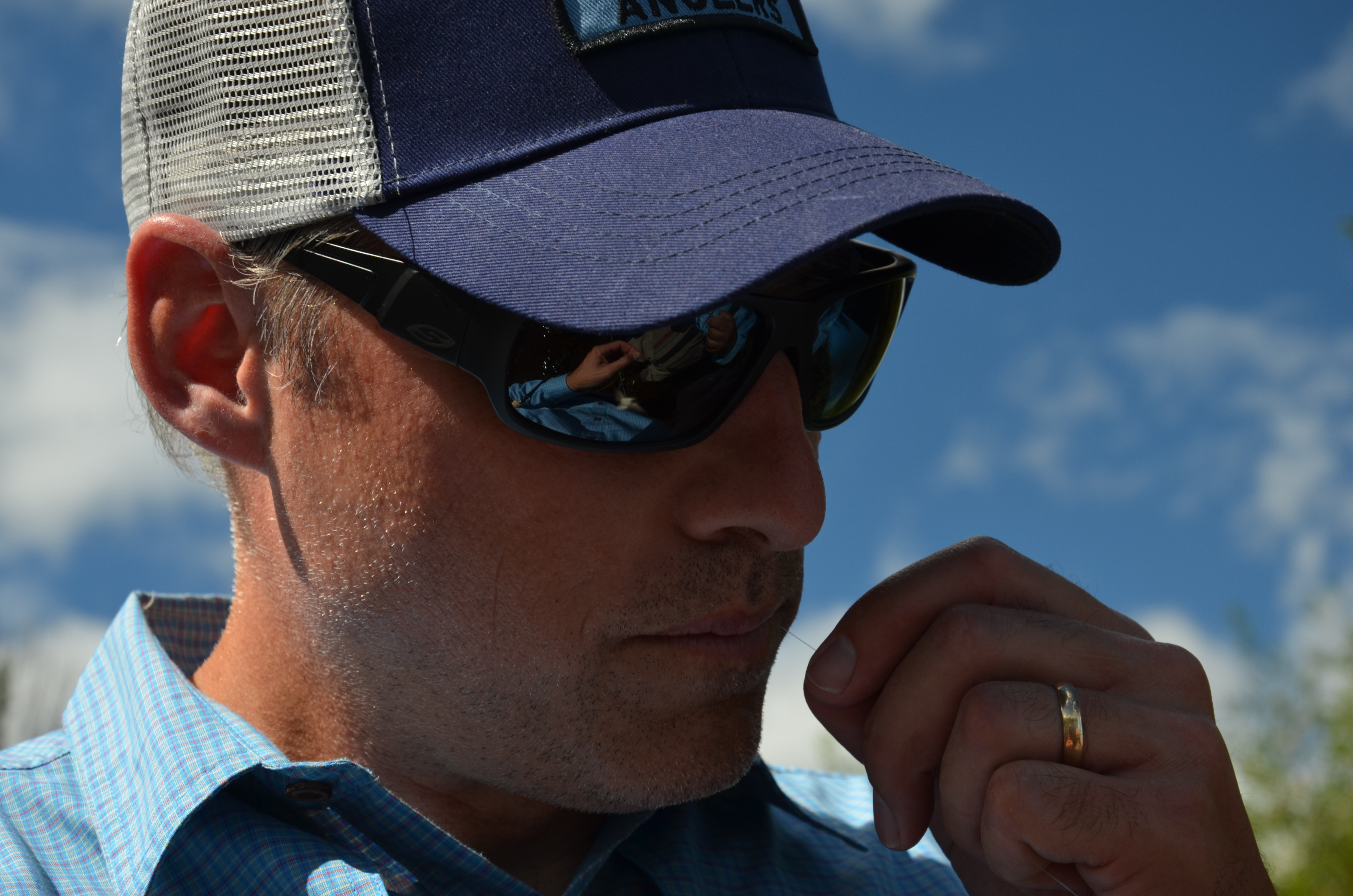
The latest issue has arrived! The fall edition is packed with hot terrestrial patterns, new autumn dries, guide tips to take your skills to the next level, and Matt Guymon’s photo essay “Fall ‘N Dreams” . To check out all this and so much more purchase the fall issue on newsstands or click here to subscribe.
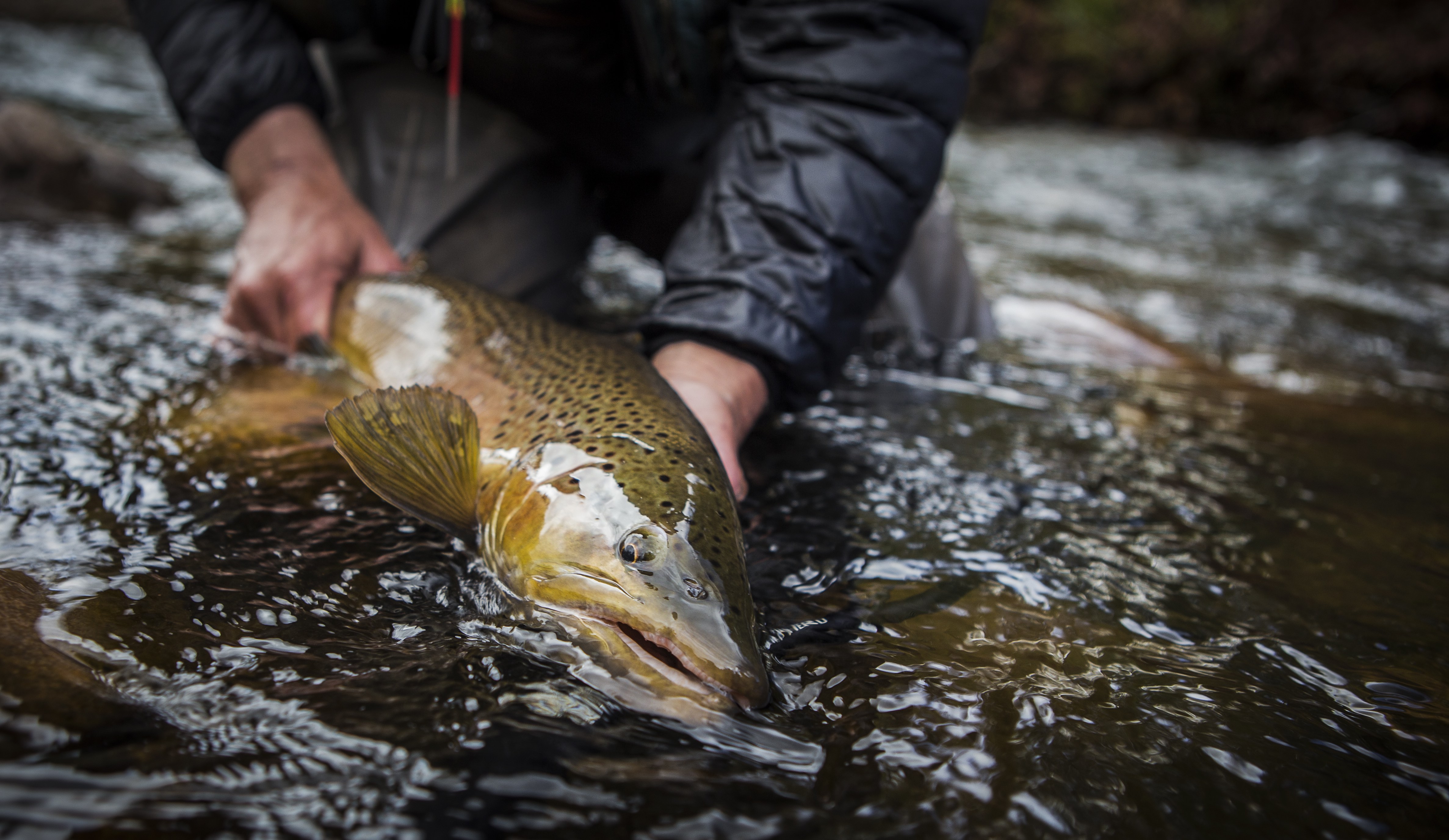
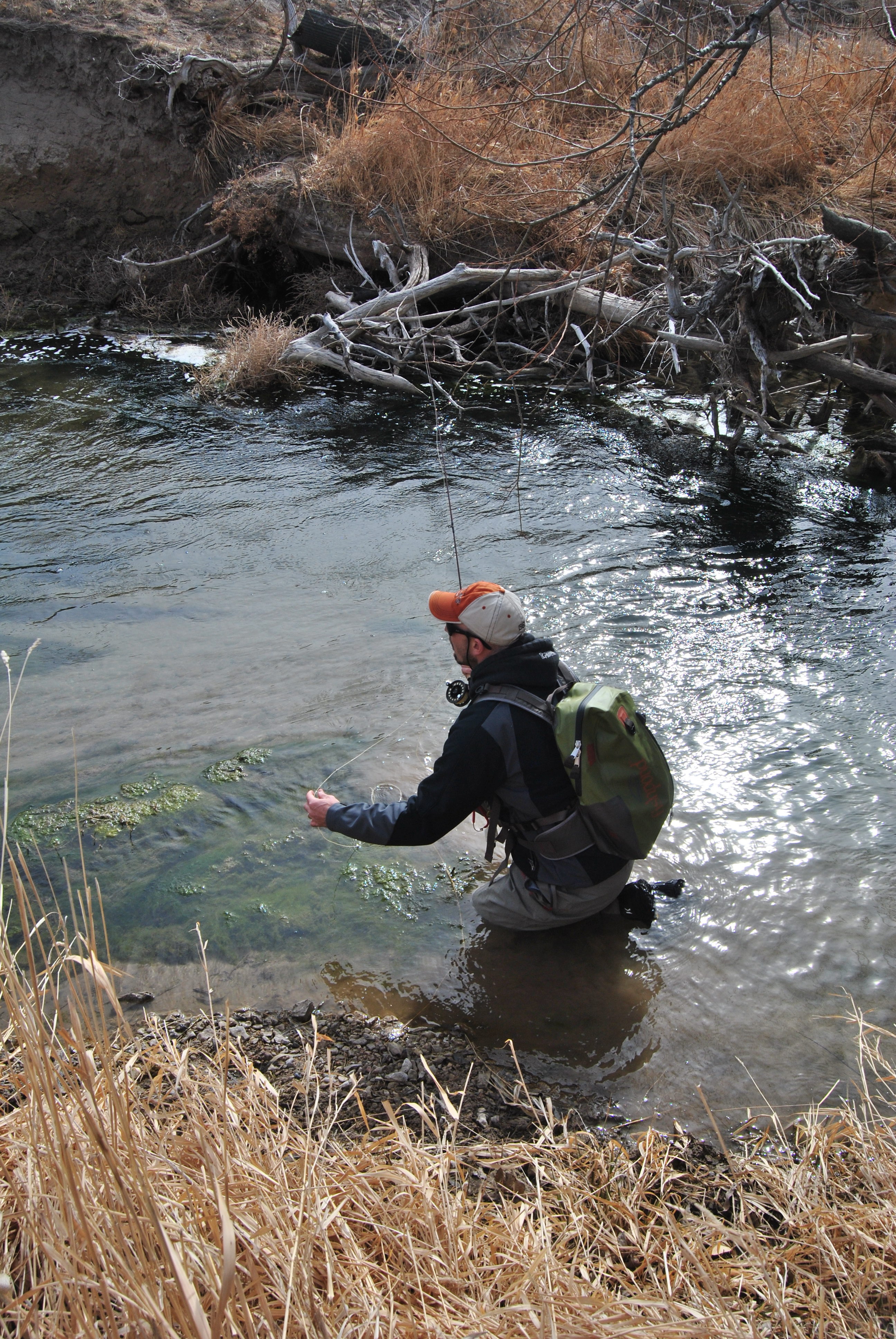
In many ways [the approach] is simple: Don’t scare the fish before you cast to them. A scared fish is no longer a candidate for a hero photograph, or, as my friend Bob Scammell so succinctly put it, “Nobody’s good enough to catch a terrified trout.”
While the fish in heavily fished waters are usually more tolerant of an angler’s presence, you can still put them off their feeding by getting too close, by sending a wading wake out to alert them, by making sloppy deliveries too close to them, or by false casting over them when they’re in shallow water or near the surface. So watch awhile first before barging in and starting to cast. Look the situation over. Are the fish rising? If so, to what? Look at the water near you and try to see what bugs are on the surface. If you don’t see anything right at the surface, try to find out what’s drifting just beneath the surface (a small aquarium net or piece of screen makes this easier). All this will give you an idea of what fly to start with.
Jim McLennan, Managing Editor
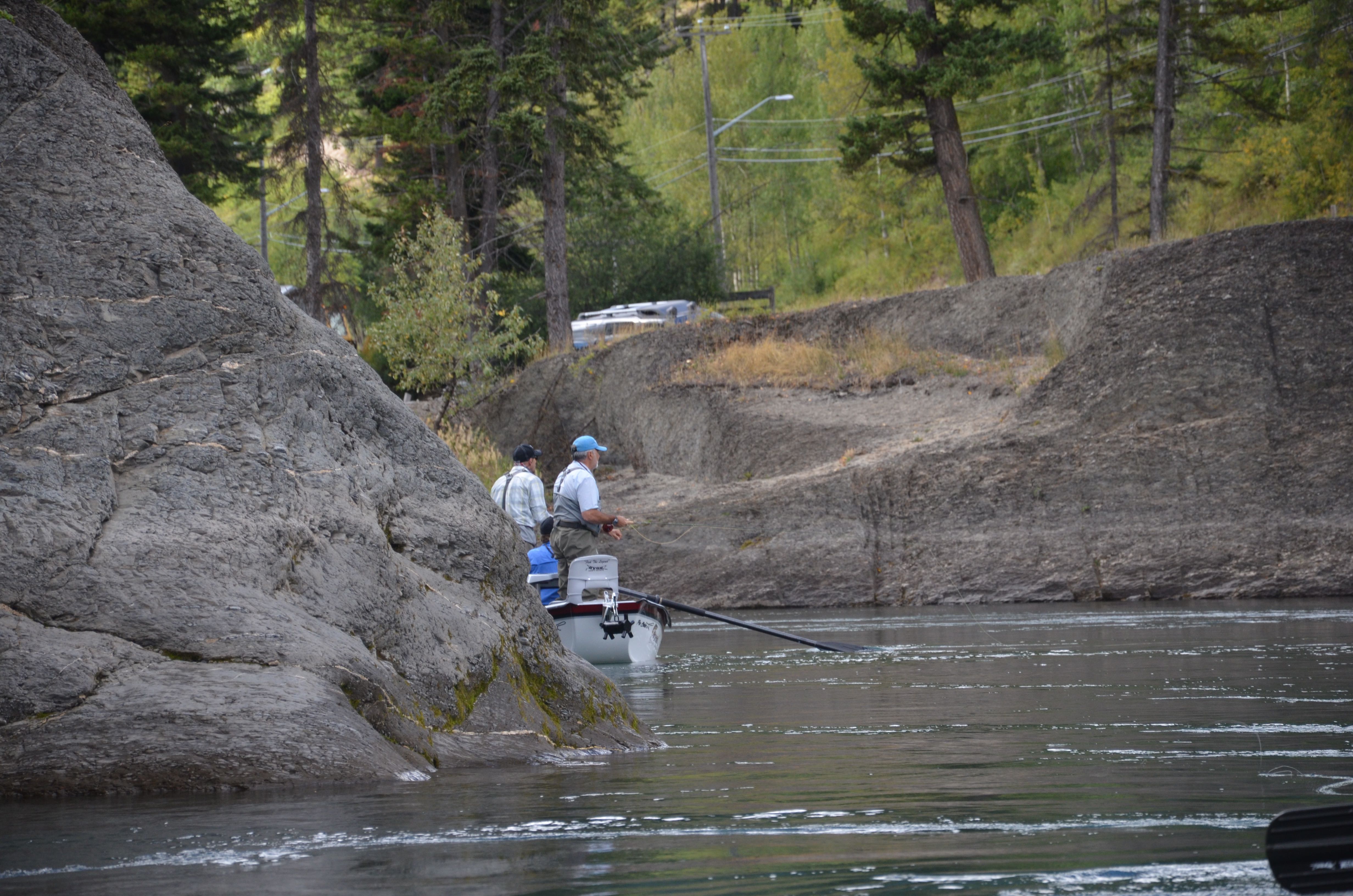
The best Trico fishing comes in the heaviest spinner falls and those occur on the best Trico-days, which are those that begin with bright, warm, calm mornings. Cooler weather delays or severely reduces the intensity of the spinner fall, and wind can blow the spinners away from the river.
As summer progresses the spinner fall occurs later and later in the morning. When the hatch begins in mid-July or early August, spinners might be on the water by 8:00 am. Around Labour Day it might occur around 10:00, and by late September it could be noon before spinners come down. All these times are subject to weather, and particularly air-temperature variations.
When the flies are thick on the surface, the fish like to hold in shallow water along the stream banks, or just beneath the surface in slightly deeper water midstream. They find a lane of slow, steady current that delivers lots of flies and rise subtly, but frequently, making the most of an easy meal.
Jim McLennan, Managing Editor